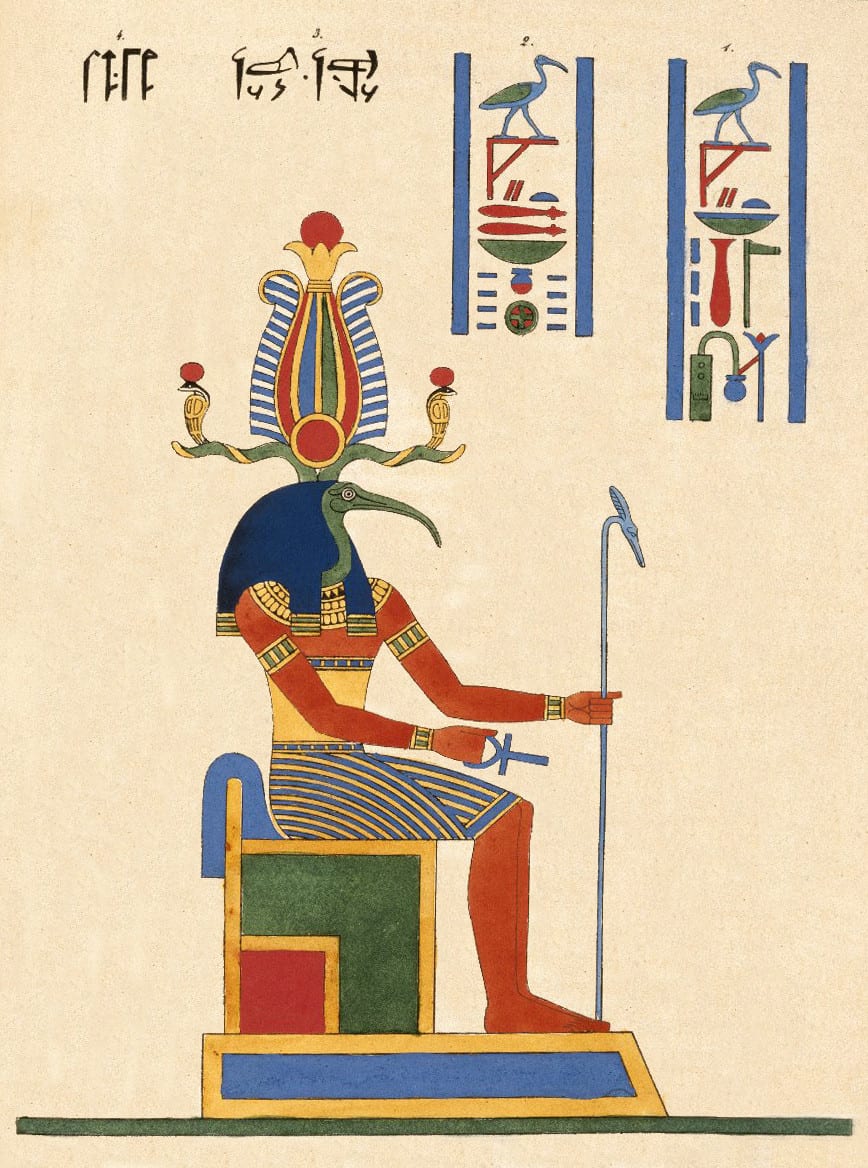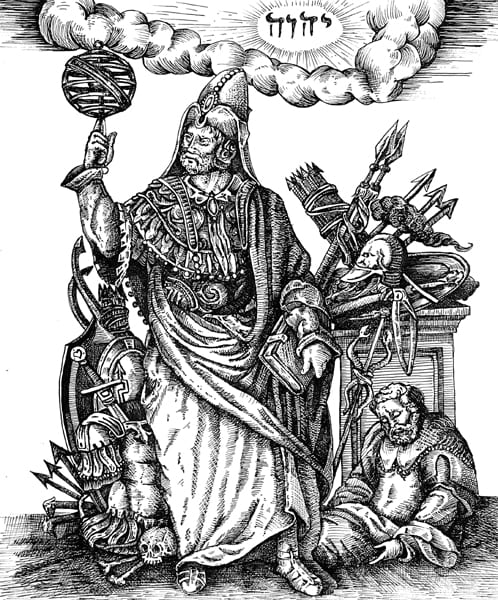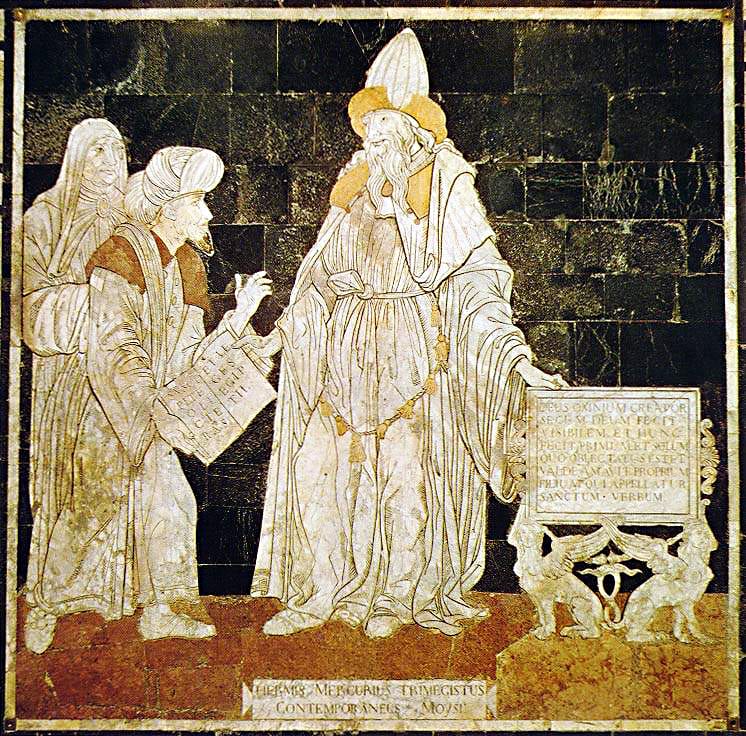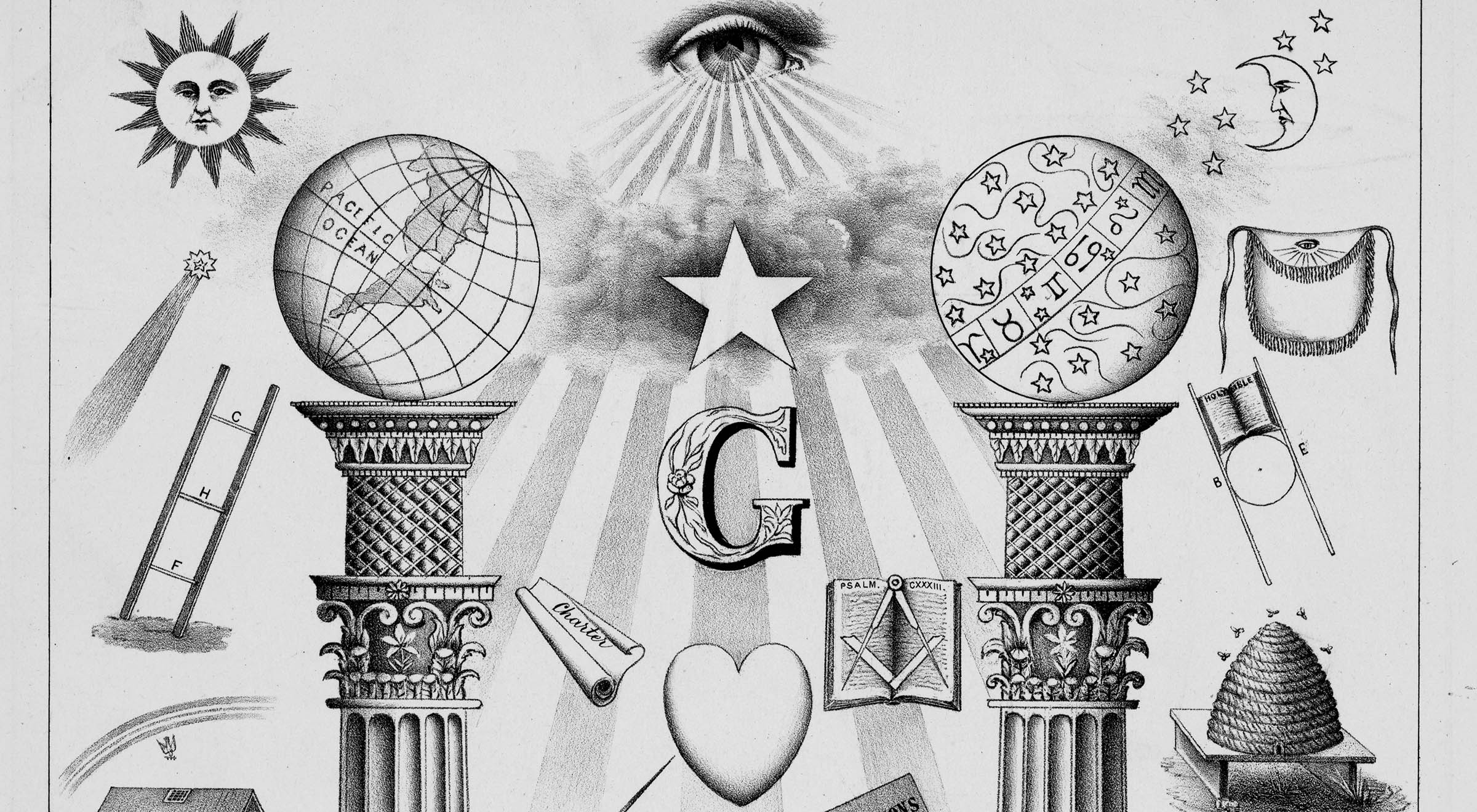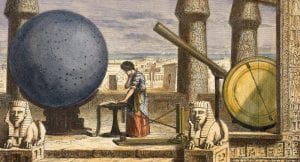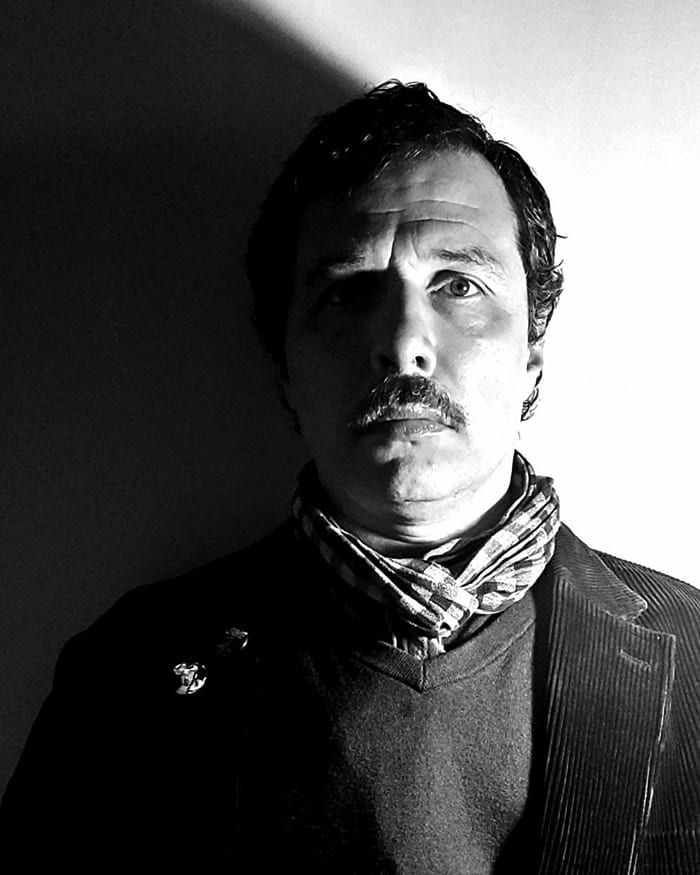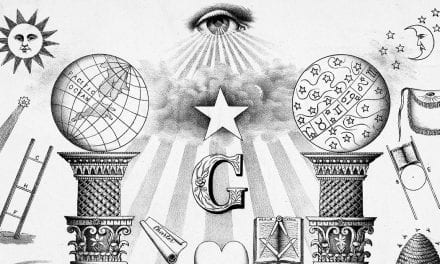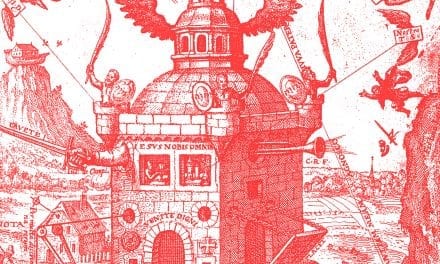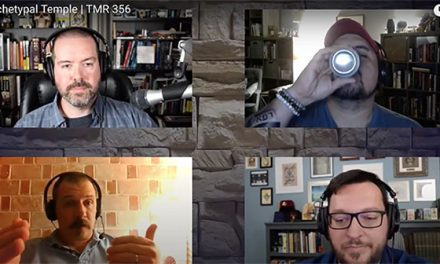IS FREEMASONRY HERMETIC?
Have you ever wondered why it is that we periodically encounter the word “Hermetic” or “Hermeticism” in our research in and around the Craft? If so, have you ever said to yourself, “One of these days I’m going to look that up?” Well I did, and have, and I’m going to share some of my findings with you.
Essentially, Hermeticism is a philosophical system that developed in Hellenistic Alexandria, Egypt sometime between the 1st century BCE and the 3rdcentury CE. It was a sort of synthesis of Greek philosophical ideas (primarily those of the Neoplatonists) and some of the extant concepts of Egyptian myth and religion. During the Hellenization of Egypt, some of the local gods were fused, or “syncretized”, with the imported Greek gods. Hermeticism is based on the doctrines of one of these fusions: Hermes Trismegistus (meaning “thrice great”), who was a syncretization of the Greek god Hermes and the Egyptian god Thoth.
The teachings were compiled in a body of work we call the Corpus Hermeticum and they are primarily concerned with alchemy, astrology and theurgy (magic, sort of); these are referred to as the “Hermetic Arts”. A central idea – perhaps THEE central idea – in Hermetic philosophy is the sympathetic relationship between the microcosm (man, or the Earth) and the macrocosm (the cosmos, or the Heavens), which underpins the Hermetic Arts. From this idea, we get the great Hermetic axiom “as above, so below”, which comes from an Arabic, late Hermetic document called the Emerald Tablet (circa 6th c. CE).
So, what does this have to do with Freemasonry?
Great question. I have two answers. Let’s start with the most obvious. The Brazen Pillars of the Lodge – you know the ones – are each surmounted with a globe; one is the terrestrial, the other celestial. We are told that, “The principal use of these globes, besides serving as maps, to distinguish the outward parts of the earth, and the situation of the fixed stars, is to illustrate and explain the phenomena arising from the annual revolution and the diurnal rotation of the earth around its own axis. They are the noblest instruments for improving the mind, and giving it the most distinct idea of any problem or proposition, as well as enabling it to solve the same.” This speaks directly to the relationship between the microcosm and the macrocosm.
Another example of this cosmic sympathy is our idea of the Temple. In Freemasonry, the Temple exists on several planes: in the mind of the individual Mason (erected through memorization, largely), the physical Temple where Lodges meet, the allegorical Temple (think the Third Degree), and the “House not made with hands, eternal in the Heavens”. This fractalization of the Temple, across various sympathetic planes, is classic Hermeticism.
Now for my favorite argument for Freemasonry’s inherent Hermeticism. Do you know how we make such a big deal about the operative and speculative denominations of the Craft in the Fellowcraft lecture? The same dynamic occurs in the Hermetic Arts of alchemy and astrology. Alchemy and chemistry both study the transformation of substances, right? Except alchemy comes with the accompanying Hermetic belief that these transformations also occur within the alchemist. Astrology and astronomy both study the nature and movement of celestial bodies, right? Except astrology comes with the accompanying Hermetic belief that these movements have an effect on the astrologer. Similarly, operative and speculative Masonry both apply the working tools, vernacular and hierarchical structure of stonemasonry, right? Except speculative Masonry comes with the accompanying Hermetic belief that the individual Mason is improved by the performance of his labors. This is clearly in reference to the sympathetic relationship between the microcosm and the macrocosm – and that is central to Hermeticism. I would also argue that this Hermetic concept is also central to Freemasonry.
I could make a few other compelling arguments regarding certain alchemical (the Empedoclean elements in the penalties, the acacia, etc.), astrological (the “Legend” as a Hermetic, astrological allegory, etc.) and theurgic correspondences (ritual invocations, the intercession of the G.A.O.T.U., the egregore of the Lodge, etc.), but that’s going a little too deep for an article like this. But, in light of the foregoing alone, I would like to ask you a rhetorical question: Is Freemasonry Hermetic?
